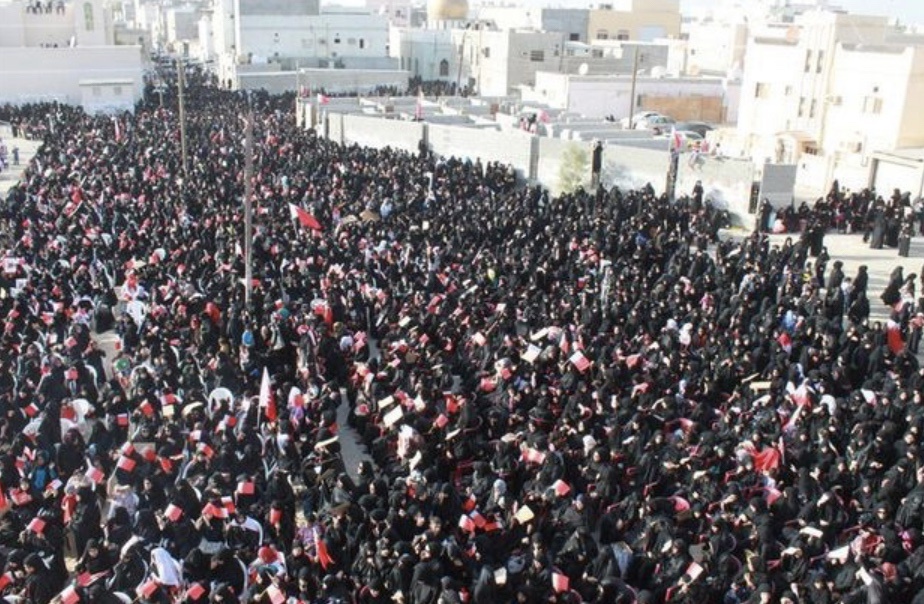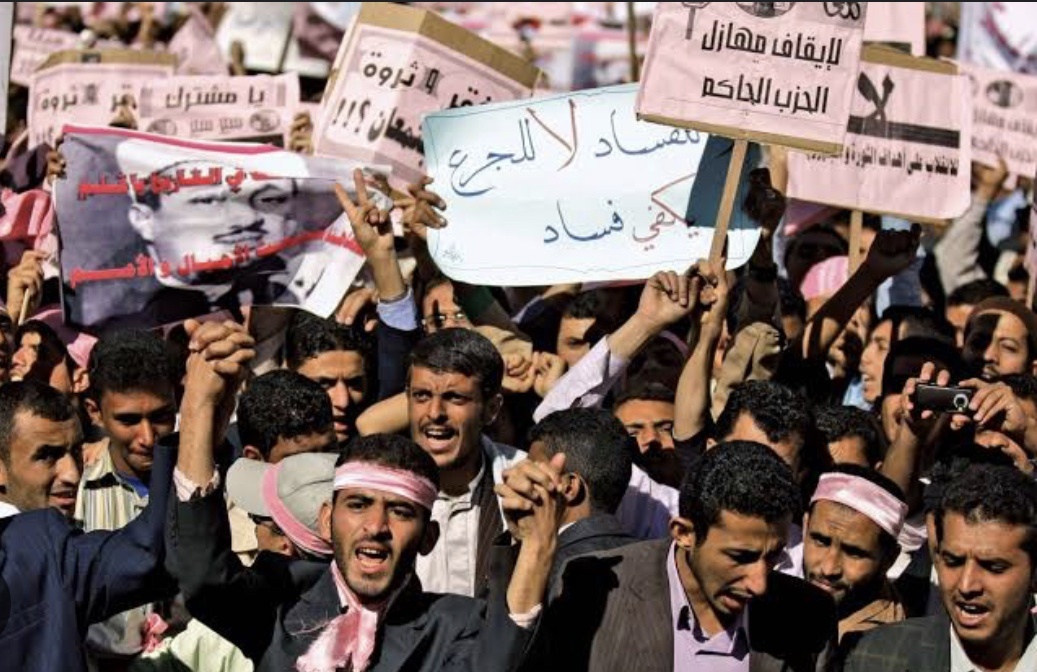The Arab Spring: Unveiling the Etymology, History, Causes, and Outcomes

Arab Spring is a significant period of socio-political upheaval that swept across the Arab world. The term “Arab Spring” originated from the phrase “Printemps Arabe” in French, which was first used by the media in early 2011 to describe the series of uprisings and demonstrations that emerged in various Arab countries. These protests were largely driven by the aspirations for freedom, democracy, and socio-economic reforms.
The Arab Spring was a transformative period that reshaped the political landscape of the Arab world. It sparked hope for change, empowered citizens to demand their rights, and underscored the interconnectedness of people’s aspirations across borders. As the journey continues, the legacy of the Arab Spring serves as a reminder of the ongoing struggle for freedom, justice, and dignity.
History of Arab Spring

The Arab Spring began in Tunisia in December 2010, following the self-immolation of Mohamed Bouazizi, a fruit vendor who had been subjected to harassment and mistreatment by local authorities. Bouazizi’s tragic act became a catalyst, sparking a wave of protests demanding political change.
The spirit of the Arab Spring quickly spread to other countries in the region, including Egypt, Libya, Syria, and Bahrain. Citizens took to the streets, utilizing social media platforms to mobilize and express their grievances against autocratic regimes, corruption, unemployment, and lack of political freedoms.
Cause of Arab Spring

The causes of the Arab Spring were multifaceted, but common themes included
- Authoritarian rule
- Economic inequality
- Social injustice
- Lack of opportunities for the youth.
The protests aimed to challenge the ruling regimes and bring about meaningful change through peaceful means.
Challenges of the Arab Spring

The Arab Spring progressed, some protests turned violent, leading to clashes with security forces and armed conflicts in several countries. The situation in Syria, in particular, escalated into a full-blown civil war, resulting in a humanitarian crisis that persists to this day.
Outcome of the Arab Spring

Despite the challenges, the Arab Spring did bring about significant outcomes. In Tunisia and Egypt, long-standing leaders Zine El Abidine Ben Ali and Hosni Mubarak were overthrown, paving the way for democratic transitions. However, the path to stability and inclusive governance has been complex and ongoing.
In other countries like Libya and Yemen, the Arab Spring led to protracted conflicts and power struggles, with a complex network of political factions vying for control. These situations highlight the complexities and varied outcomes that emerged from the Arab Spring.
Today, the Arab Spring’s impact is still felt throughout the region. While some countries have made progress towards democratic reforms, others continue to grapple with political instability, economic challenges, and social tensions.


